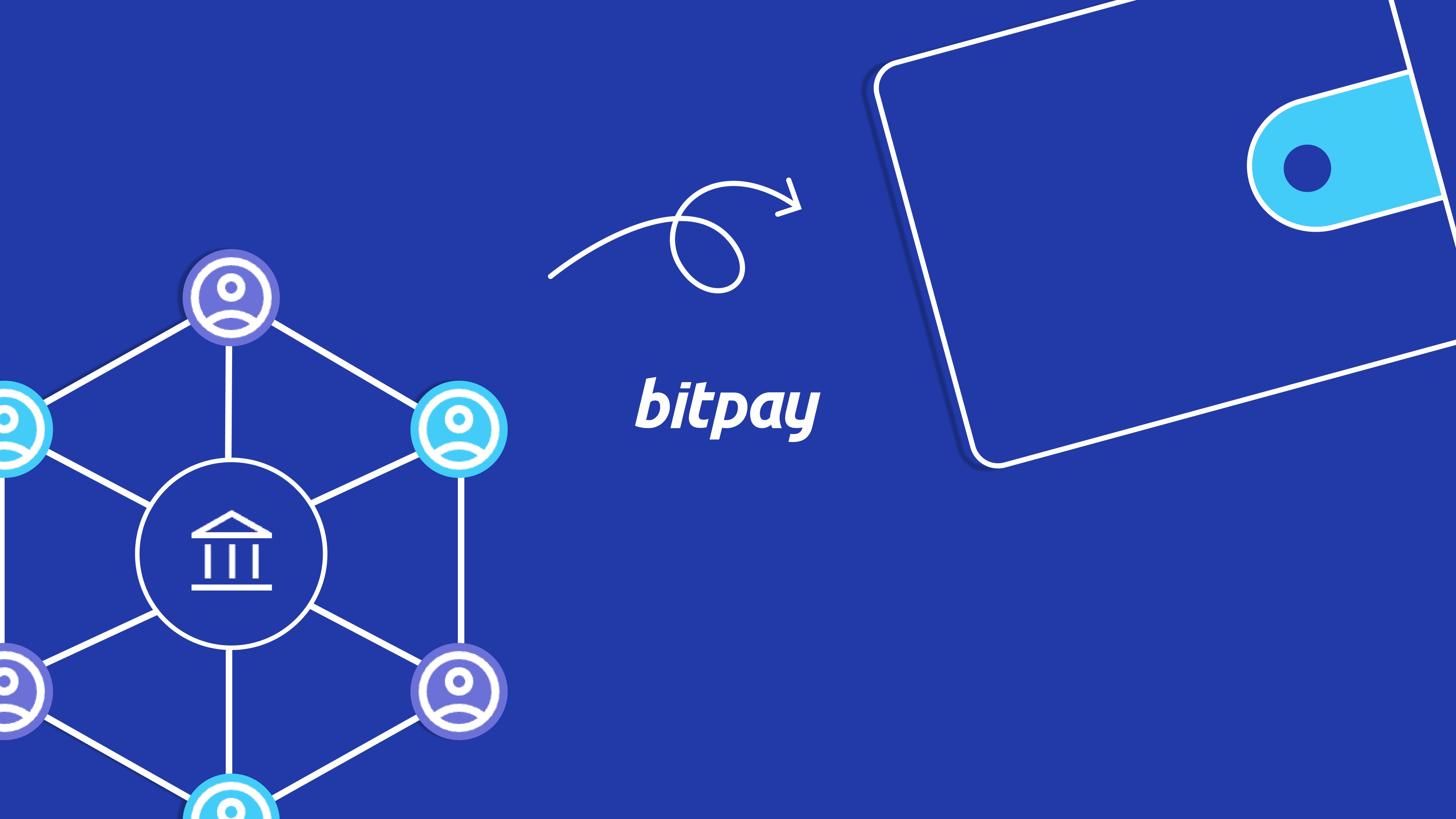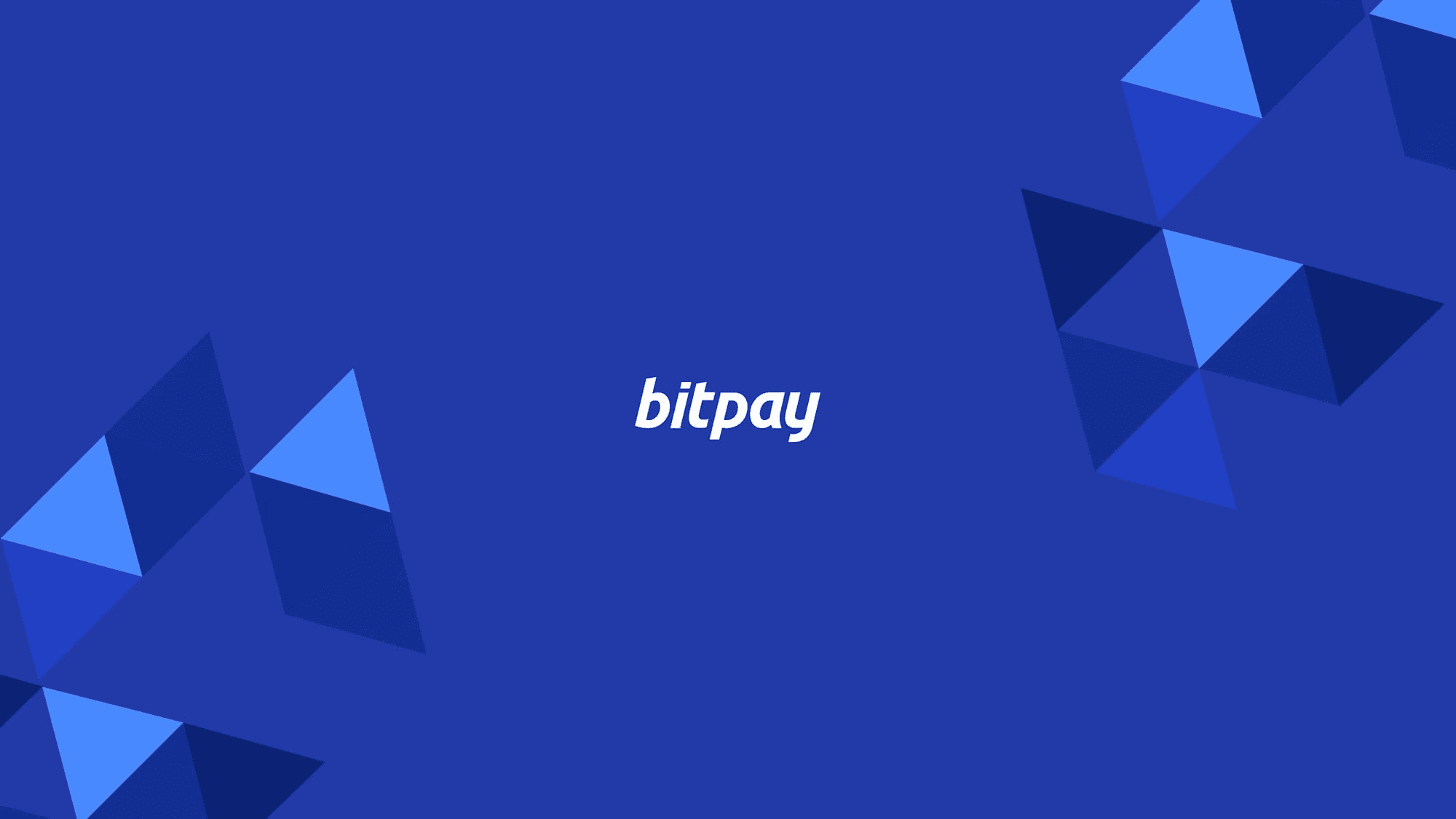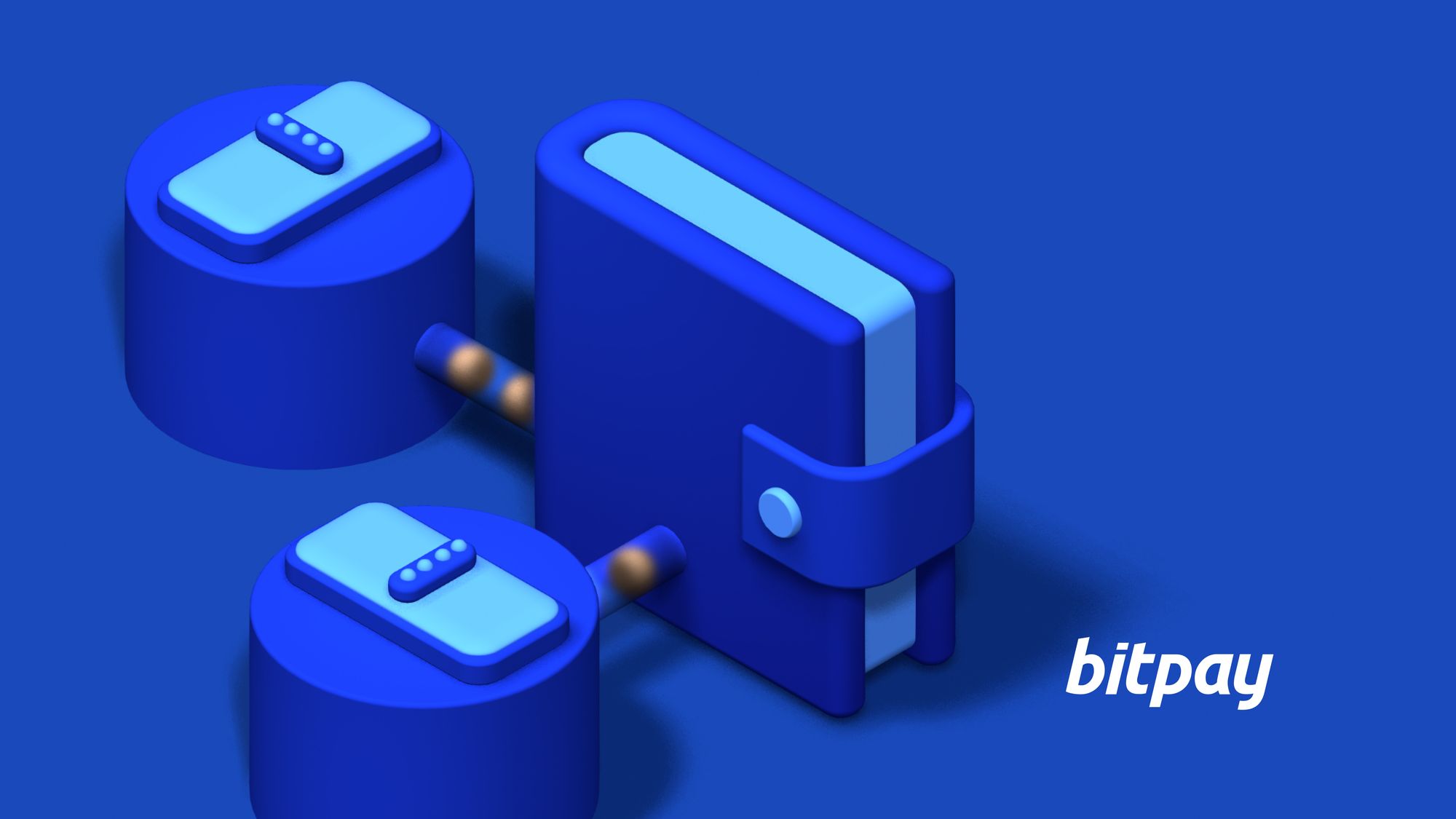February 13, 2025
How to Transfer Crypto from a Centralized Exchange to a Self-Custody Wallet
The Important Bits
Custodial vs. Self-Custody Wallets: Custodial wallets, like those on exchanges, store private keys for users. In contrast, self-custody wallets let users control their private keys, ensuring full control of their crypto.
Types of Self-Custody Wallets: Self-custody wallets come in hardware (more secure, offline) and software (convenient but less secure) forms. Cold wallets store your private keys offline, while hot wallets keep wallet keys online.
Why Move Crypto from Exchanges: A self-custody wallet offers full control over funds and security when proper precautions are taken.
Transfer Process & Best Practices: To transfer crypto, choose the right wallet, securely store the recovery phrase, and double-check transaction details. Always conduct test transfers and verify addresses to avoid irreversible mistakes and ensure accurate transactions.
Wallets vs Exchanges
While there are many different ways to store crypto, one distinction stands out above the rest: using a custodial wallet vs. a self-custody wallet. An example of a custodial wallet would be keeping coins on an exchange - the exchange holds your private keys, which creates many risks that users can’t control. A self-custody wallet, on the other hand, gives users control of their keys.
There is an adage amongst cryptocurrency enthusiasts: “Not your keys, not your crypto.” This simple phrase highlights the fact that when not in possession of your private keys, your crypto is not yours. It’s more like money in the bank. While you may have access to your checking account and be able to use the funds it contains, the money itself is technically controlled by the bank. The same goes for crypto held in a custodial wallet.
What is a Self-Custody Wallet?
A self-custody wallet (also known as a non-custodial wallet) allows you to maintain control of your private keys. They come in different forms, each with varying levels of security and usability.
Hardware wallets vs software wallets
A hardware wallet signs transactions on a device that is separate from a user’s personal computer or mobile device. This makes for more secure transactions, as the signing environment is isolated from the rest of an individual’s online activities. The private keys are also held securely offline.
Software wallets exist only in digital form. They can be more convenient but are potentially less secure. A software wallet will most often exist in the form of a mobile or desktop app.
Cold wallets vs hot wallets
Hot wallets store funds online so they can be accessed easily. These wallets are best used for small amounts of crypto users want to send and receive often.
Cold wallets are typically used to store funds offline for long-term storage. Cold storage is a more secure option than hot wallets because hackers can't steal from cold wallets, as long as the crypto remains offline and the private keys are not leaked.
The BitPay Wallet is an example of a hot software wallet. It’s designed for users to easily send crypto and interact with Web3 dApps using their wallet balance.
Ledger wallets are an example of a cold storage hardware wallet. Users can store Bitcoin on their Ledger device, and don’t need to bring the wallet online unless they want to retrieve the funds. This can be more cumbersome than using a hot wallet, but is a better fit for long-term storage.
Why Move Your Assets from a Centralized Exchange?
There are many reasons someone might want to move their crypto assets from an exchange to a self-custody wallet. Holding crypto assets on an exchange entails risks such as:
A general lack of control over funds
Geographical restrictions
The risk of the exchange being compromised by hacking, employee theft, or misappropriation of funds
Capital controls being implemented by the exchange, such as withdrawal limits
The exchange going down during times of high trading activity, resulting in an inability to withdraw assets.
Even the most reputable and trustworthy exchanges have been known to experience one or more of the above from time to time. A tried and true way to reduce these risks is by holding crypto in a personal self-custody wallet, which allows you to control the private keys to your assets.
When using a self-custody wallet, users have full control over their funds. You have more flexibility in choosing to transact when, how and where you want. So long as proper security measures are taken, crypto assets can be held more securely. The only way to steal the contents of a self-custody wallet would be to access the seed phrase or the device itself combined with the password.
Step-by-Step Guide to Transferring Crypto From an Exchange to a Self-Custody Wallet
When you're ready to take full control of your cryptocurrency, it's smart to move your assets from an exchange to a self-custody wallet. Here’s a simple guide to help you make the transfer with confidence.
Step 1: Choose the Right Self-Custody Wallet

The first step is picking the right wallet for your needs. As we reviewed earlier, you can choose between a hardware wallet or software wallet.
When choosing a wallet, it’s important to balance convenience with security. If you’re planning to hold large amounts of cryptocurrency long-term, a hardware wallet may be the best choice. If you need frequent access to your assets, a software wallet might work better. Many users choose to leverage multiple wallets, holding most of their crypto assets in cold storage using a hardware wallet while keeping small amounts in a software wallet for transacting.
Just make sure the wallet is reputable, well-reviewed, and has a strong history of security. Another important tip is to never buy hardware wallets from any source other than the official manufacturer - third-party sellers could have tampered with the wallet, intending to steal any funds deposited onto it.
The BitPay Wallet is a user-friendly self-custody wallet offering the ability to store, buy, sell, swap, and spend your crypto.
Step 2: Set Up Your Self-Custody Wallet

Once you’ve picked your wallet, setting it up properly is critical to keeping your crypto assets safe.
During the wallet setup, you’ll be given a recovery phrase—usually 12 to 24 random words. This phrase is the master key to your wallet. If you ever lose access to your wallet, this phrase is the only way to recover your funds. No one else, not even the self-custody wallet provider, has access to this phrase. Write it down and store it in a safe offline. Never share it with anyone or store it digitally where it could be hacked. Read more about safely storing your seed phrase.
After you set up your wallet, verify that everything is working correctly by initiating a small test transaction. This ensures your wallet is ready to receive funds safely.
Tip: Practice recovering your wallet as soon you set it up. This way you’ve ensured your recovery phrase is recorded correctly, and you’ll be comfortable with the recovery process should it be necessary in the future.
Step 3: Send Your Assets from the Exchange to Your Wallet

Now that your wallet is set up, it's time to move your crypto from the exchange to your self-custody wallet.
Your wallet will have a public address—basically an identifier where your crypto assets will be sent. This address is a long string of letters and numbers. Make sure to copy it accurately.
On popular exchanges like Coinbase or Kraken, transferring crypto is fairly straightforward. Log into your exchange account, select the crypto asset you want to transfer and click “Withdraw” or “Send.” Paste your new wallet’s public address in the recipient field and select the amount you want to send. These steps may vary depending on your custodial service.
Before confirming the transfer, double-check that the address is correct and that you’re sending the same asset on the same network as the receiving wallet—sending to the wrong address will result in permanent loss of assets.
Important: Make sure you are sending crypto assets to the correct address. BTC can only be sent to a Bitcoin wallet address. Ether and ERC-20 tokens can only be sent to an Ethereum wallet address. Sending cryptocurrency to a wallet address that doesn’t support that specific crypto asset will result in irreversible loss.
Step 4: Verify the Transaction

Once you've initiated the transfer, you’ll need to make sure everything goes as intended.
Monitor your wallet to confirm that the crypto assets have arrived. Depending on the network traffic, the transaction may take a few minutes to an hour to process.
If your crypto hasn’t arrived after a reasonable time, check the transaction status using the blockchain’s explorer tool (such as Etherscan for Ethereum transactions). Some wallets and exchanges provide users with a link to their transaction hash on a block explorer. This allows you to watch the status of the transaction on-chain, including how many confirmations have occurred.
If the transaction appears to be stuck or taking too long, the exchange’s customer support team can help resolve any issues.
Best Practices for Secure Transfers
Self-custody wallets involve more user responsibility than exchange wallets. Making a mistake could result in a total, irreversible loss of funds. That’s why it’s important to take every precaution necessary and double-check for every possible error. There are a few important things to keep in mind.
Send test transactions. When sending any substantial sum of crypto, conduct a small test transaction first. This way, you can be sure you’re sending funds to the correct address. After receiving a confirmation for the test transaction, sending the full amount is safe.
Ensure that your keys and seed phrases are secure. A seed phrase is a 12 or 24-word phrase of random words that can be used to reproduce the contents of your wallet. If someone gets the seed phrase, they can steal the entire wallet’s balance. Record your seed phrase in a non-digital format, keep it in a safe place, and don’t store it anywhere online. Users who want to go the extra mile can even consider purchasing a metal seed phrase vault, which can protect the phrase from damage by stamping the letters into a small piece of steel.
Avoid common mistakes. Always double-check addresses character by character and ensure you’re sending the same token on the same network as the receiving wallet. For example, sending BTC on Bitcoin rather than Bitcoin to Bitcoin Cash, or USDC on ERC-20 instead of USDC on Tron. Sending coins to the wrong address, on the wrong network, or to an address of the wrong coin can result in total, irreversible loss of your assets.
Transferring your crypto from an exchange to a self-custody wallet is one of the best ways to protect and gain full control over your assets. By using a self-custody wallet, you avoid the risks associated with holding crypto in a custodial wallet on an exchange. By taking the right precautions—choosing the right wallet, securing your recovery phrase, and carefully verifying your transactions—you can safely manage your own cryptocurrency. Though it requires more responsibility, the peace of mind and security it provides make self-custody the preferred choice for serious long-term crypto holders.
Note: All information herein is for educational purposes only, and shouldn't be interpreted as legal, tax, financial, investment or other advice. Nothing contained herein shall constitute a solicitation, recommendation, endorsement or offer to invest, buy, or sell any coins, tokens or other crypto assets. BitPay is not liable for any errors, omissions or inaccuracies. For legal, tax, investment or financial guidance, a professional should be consulted.





